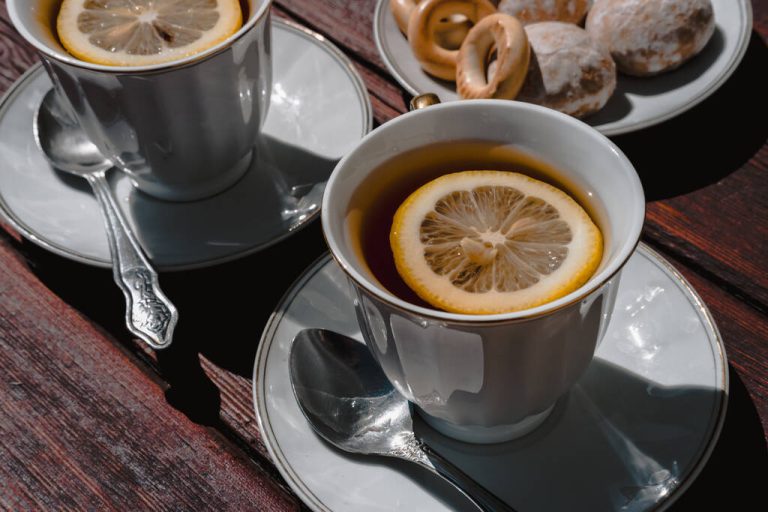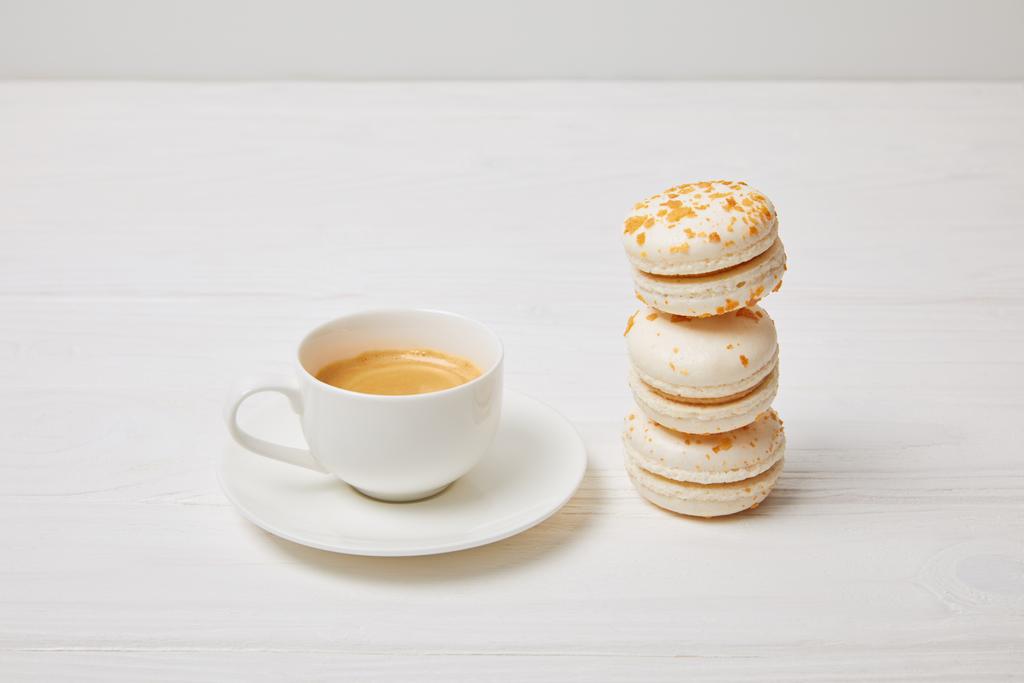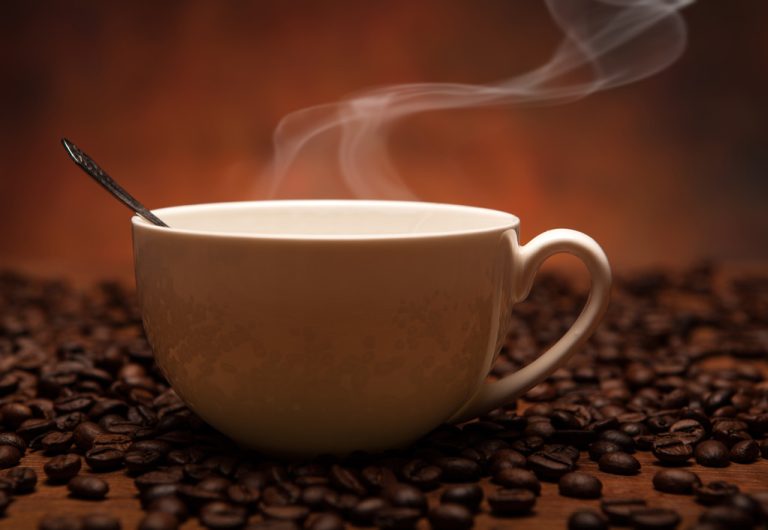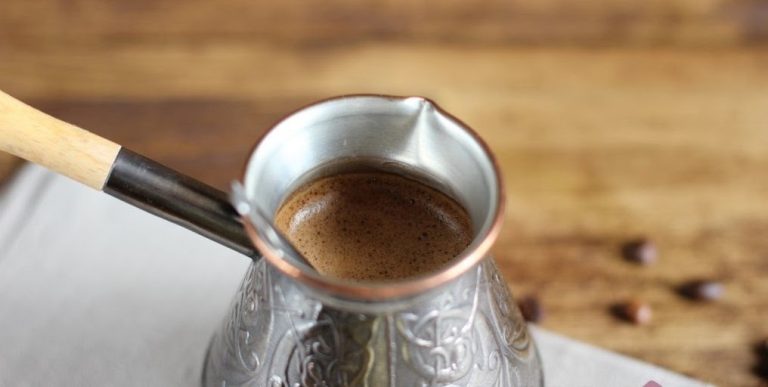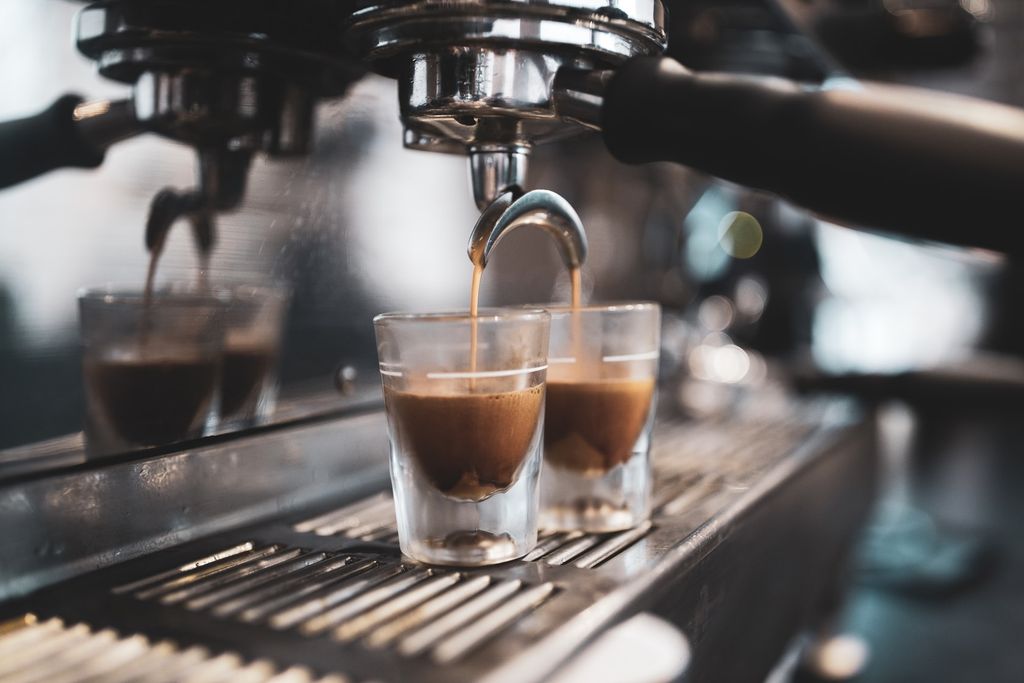If you drink coffee from the coffee machine in the office, you will wake up and wake up
The strong aroma of the freshly brewed coffee wafts alluringly towards you as you approach the kitchen. Suddenly you automatically accelerate your step, while the anticipation of the delicious hot drink grows noticeably.
The next moment you are already standing in front of the fully automatic coffee machine. Your fingers press the start button as if by themselves. Your cup will be filled in seconds. Take it without hesitation and enjoy sip by sip of the black gold, which permeates your entire body with its pleasant warmth and gradually conjures up a smile on your lips. Whether at home or at work: Thanks to the stimulating effect of caffeine, tiredness has left your face. Because caffeine has a stimulating effect on the central nervous system, it increases the oxygen supply to the heart – cardiac output increases, the blood vessels dilate and this leads to an increase in cerebral blood flow. According to a study, even small amounts of coffee can improve visual responsiveness and auditory alertness. After drinking coffee you are more concentrated and receptive, your ability to react has increased enormously. You go to work full of energy and creative ideas.
The daily lifesaver coffee has become indispensable for many employees in the office due to its refreshing effect, which is why it accumulates in front of the coffee machine in the office day after day. One colleague needs an extra strong coffee to wake up, while another colleague prefers to drink a coffee specialty that contains particularly creamy milk froth that he can use to sort his thoughts. In order to meet all wishes, preferences and requirements, the fully automatic coffee machine for the office should have as many preparation functions as possible and ensure maximum convenience.
When you drink coffee at work, you encourage socializing and a relaxed atmosphere
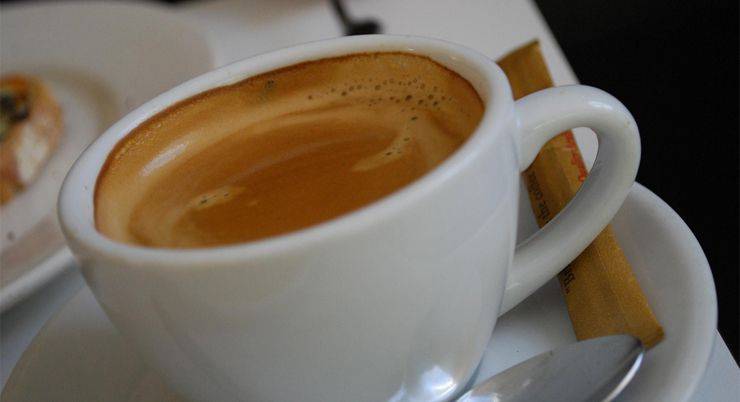
Whether in front of the espresso maker, the filter coffee machine or the coffee machine – a colleague who carefully prepares his coffee in the kitchen as he does every morning on his favorite machine always looks forward to like-minded connoisseur friends.
Preparing it together and drinking coffee together promote social interaction. Precisely because drinking coffee creates a relaxed atmosphere, delicious coffee should not be missing on the table at a meeting. At the push of a button, each individual participant in the meeting is provided with their favorite coffee specialty.
If the exchange of information or brainstorming with work colleagues should take a little longer, coffee saves the day in this situation.
Drinking coffee will give you good breath
Bad breath is a kind of folk ailment. Around a quarter of all people worldwide are affected. Everyone has at some point noticed bad breath from a co-worker or had someone they trust ask them about bad breath – although this is rarely the case.
Bad breath can be temporarily eliminated by chewing gum or brushing your teeth, but not everyone has the right tools at hand at work.
Thankfully, just a few years ago, Israeli researchers at Tel Aviv University found that drinking black coffee can actually inhibit the growth of bacteria that cause bad breath. In Professor Mel Rosenberg’s experiment, saliva samples containing typical oral bacteria were mixed with coffee extracts. To the surprise of scientists, it turned out that the release of gases that caused bad breath decreased significantly, and in addition, a fragrant odor was noticeable from the test tubes. The gas released by bacteria could be measured with the help of tools.
Now that you’ve learned that black coffee is capable of giving you good breath, you know the answer to the question, “when should you drink coffee?” – Before a meeting, going to the coffee machine is all the more worthwhile.
When you drink coffee, you stimulate your metabolism
Every course makes you slim – be it the long or the short way to the coffee machine. In general, it should be known that regular physical activity has a positive effect on and stimulates the metabolism.
The metabolism, which is the basis of all vital processes in the body, so to speak, promotes fat burning. However, what very few coffee drinkers know when enjoying their coffee specialty:
The active ingredient capsaicin contained in coffee has heat-forming (thermogenetic) properties and ensures that the stomach and intestines get going. Capsaicin boosts the metabolism properly, and the body burns more calories in this way. In addition, it has been scientifically proven that capsaicin stimulates the formation of saliva and gastric juice through its blood circulation-increasing effect and thus promotes digestion. Drinking coffee can also be healthy.
Another fact is that the caffeine in coffee from the office coffee machine has an appetite-suppressing effect and at the same time stimulates the metabolism. Have you ever experienced the appetite-suppressing effect on yourself?
When you drink coffee, it triggers feelings of happiness
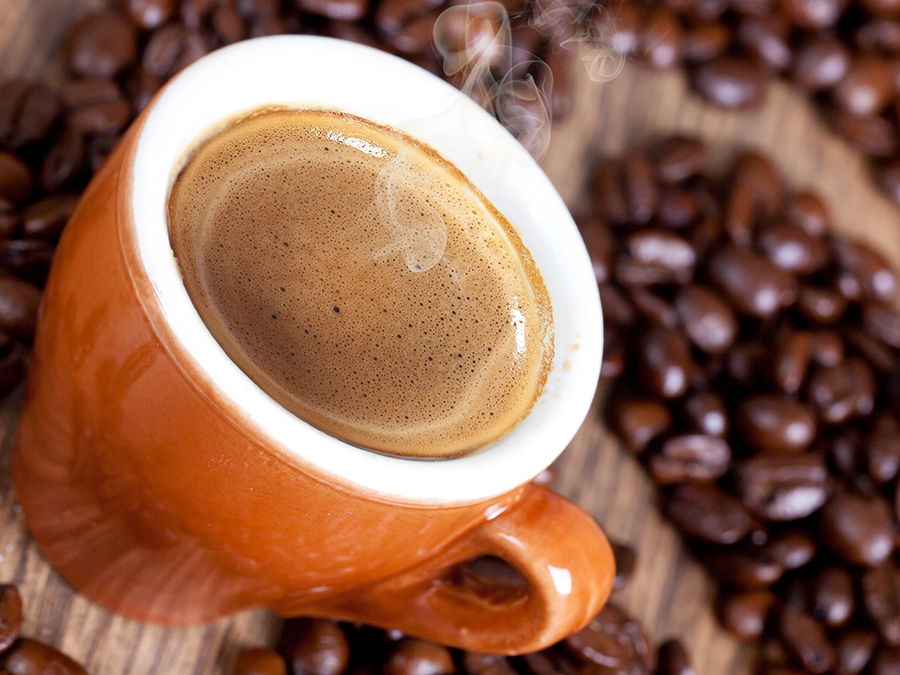
There are days when you want to scream out loud at work because you feel like you’re getting over your head. The long to-do list has to be completed before the weekend and every task has the highest priority.
That’s why you’re very likely to be the last person to leave work late at night, and to make matters worse, the printer gets on your last nerve. Before you let the stress overwhelm you, pause for a moment while drinking a cup of freshly brewed coffee, breathe in its aromatic scent deeply, repeat this several times, consciously closing your eyes. Can you feel how the intense aroma of coffee gives you a feeling of calm and security?
Just the smell of the freshly roasted beans from the coffee machine for the office can lower the stress level in such moments and trigger feelings of happiness in us. Scientists also discovered that the caffeine contained in coffee leads to the release of the neurotransmitters dopamine – the happiness hormone par excellence –, serotonin and endorphin in the body. Two to three cups of coffee therefore create an exuberant feeling in the drinker that lasts for a long time. Out of sheer lust and joy in life you want to hug the whole world and tell every colleague what a wonderful person he is.
When you drink coffee, your skin becomes more beautiful
The phrase “cold coffee makes you beautiful” comes from the Baroque period, when wigs and made-up faces were part of the ideal of beauty in high society. Because the cosmetics were of poor quality, coffee could only be enjoyed cold – otherwise all the make-up would have run off.
Nowadays, the make-up products have a higher-quality formulation, which is why even coffee drinkers with make-up on their faces can drink the black gold hot from the coffee machine.
But there’s actually a lot more to the saying, because drinking coffee can actually make you beautiful – it doesn’t matter whether the coffee from the fully automatic coffee machine in the office is consumed hot or cold. Coffee contains a significant number of antioxidants that are able to neutralize free radicals caused by external influences such as car exhaust and UV radiation, thus slowing down the aging process in our cells. Studies in Japan, Spain and Poland were able to prove that the daily morning pick-me-up contains many antioxidants that have an anti-inflammatory effect.
So when you decide to have a coffee during your next pause at work, remember that when you drink coffee you are feeding your body antioxidants with their beautifying properties.
When do you drink coffee?
Of course, coffee is not only drunk at meetings in the office. Drinking coffee is also simply part of it in many other situations and the positive effects mentioned are also achieved then. The place where the most coffee is drunk is probably still the office. The favorite drink of the Germans helps with thinking, lightens the mood and gets people talking to each other. No other drink is served as often in funny, serious and stressful situations as freshly made coffee. Since you already know why people in Germany like to drink coffee, we will now tell you the top 5 occasions when coffee is a must.
1) Drinking coffee at the meeting in the office
For the sake of completeness, it must not be missing in the ranking. The everyday classic in everyday work: the meeting. Whether it’s a short appointment or a meeting marathon, our coffee is a must. Depending on the number of participants, they are often served coffee from a professional coffee machine at the conference table during the meeting.
If it is only a small group of participants, they usually take care of themselves at the fully automatic machine, which is accessible to everyone. But a meeting without coffee? Almost impossible. Because coffee is one thing that connects most of the participants. It gives us energy, keeps us awake and sometimes gives us the opportunity to be silent and think for a moment. But coffee is also indispensable outside of meetings.
2) Drinking coffee at the job interview
And so we stay in the office even with place 2, but change the situation. Another absolute guarantee for coffee: the job interview. In most cases, when asked for a drink, coffee is offered in addition to water. Companies that have a fully automatic coffee machine can quickly respond to the preferences of the potential new employee.
In addition to various social benefits, a fully automatic machine is a clear plus point on the list when it comes to distinguishing between two possible employers. Because employees who have access to a professional beverage supply see this as appreciation. But not only that: According to a survey by Mars drinks GmbH, more than 70% of employees have a more positive work attitude and more energy thanks to coffee. In addition, they can work in a more focused manner. If that doesn’t speak for an office coffee machine.
3) Drinking coffee at family gossip
Get out of the office and into your free time. It doesn’t matter whether it’s a birthday party, a big family reunion or any other occasion: when the family gets together, the coffee pot should not be missing on the table. After all, it’s easy to exchange news and discuss problems while drinking coffee. During the strenuous discussion and listening, a few cups of coffee are quickly drunk.
If you have a fully automatic machine, you can offer your family some variety in addition to filter coffee. With a creamy cappuccino or an aromatic espresso, discrepancies can be resolved much more easily. This is mainly due to the fact that coffee not only wakes you up, but also makes you happy. As you know, the hot drink has a positive effect on our mind and calms us down.
4) Drinking coffee at a meeting with best friends
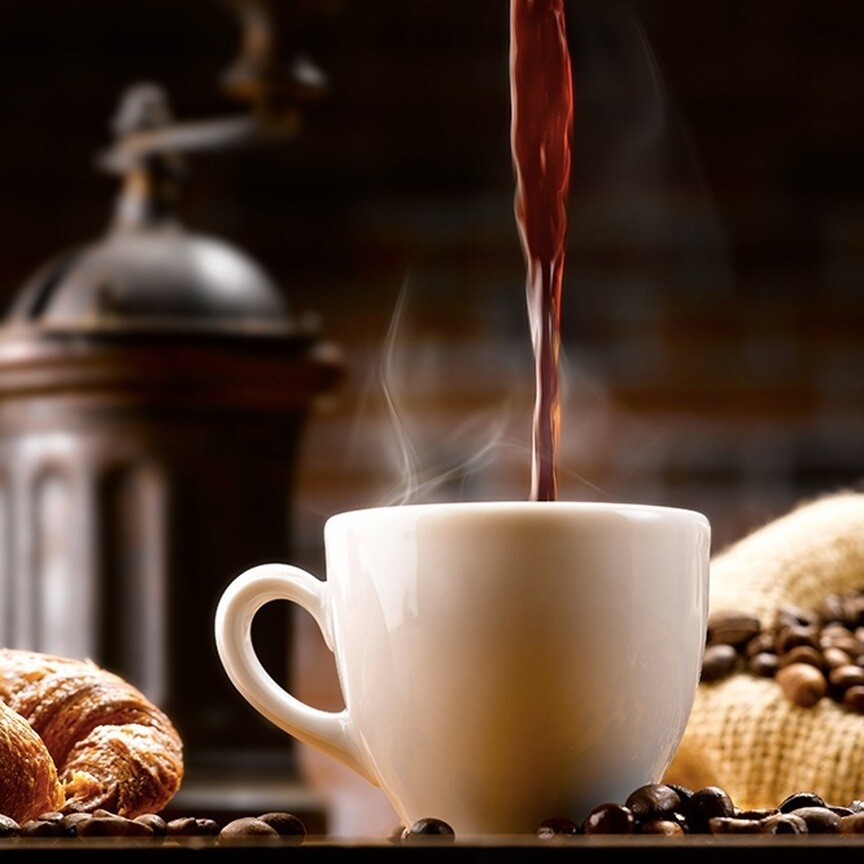
If you haven’t seen your best friends for a long time, there are two things that you absolutely have to do when you meet up: tell each other the latest news and, of course, drink coffee. Popular hot drinks for such a meeting are usually cappuccino and latte macchiato.
And since one or two drinks is not enough to exchange news, the selection of the location often depends on the size and taste of the coffee offer. However, since most cafés and bars already have professional fully automatic coffee machines, there are only rarely negative points for the hot drinks served. The meeting with the best friends can take a little longer.
5) Drinking coffee at breakfast in the cafe
Anyone who goes to a café for breakfast wants to enjoy the food and be pampered with delicacies. And of course coffee should not be missing. For many, it is a welcome change to drink their way through the most diverse coffee creations, since most people only have filter coffee at home.
If a café has a professional coffee machine, the aromatic taste is a small highlight. Therefore, such appointments are very popular and a breakfast invitation is also a great gift for various occasions. Who wouldn’t want to enjoy delicious delicacies and wonderfully fragrant coffee in a pleasant atmosphere?!
Of course, there are many other occasions where a good coffee should not be missing. And sometimes there is no specific reason at all, just a wish for a moment of downtime – with an aromatic and steaming cup of coffee in your hand.




